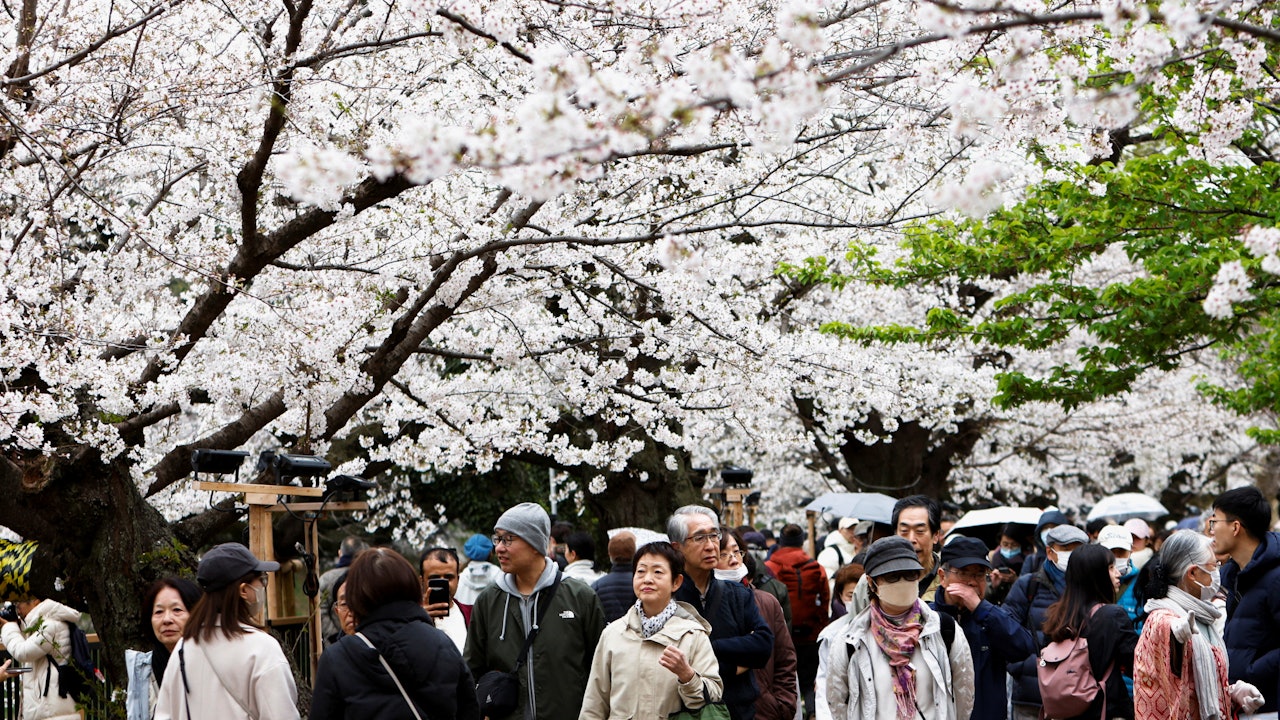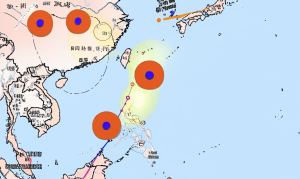日本人口問題 recently hit a new low, with the total population declining for the 14th consecutive year. According to recent statistics, the number of Japanese citizens has dropped to 120.296 million, while the total population, including foreign residents, stands at 123.8 million. This marks the largest population decline since 1950, with a reduction of 898,000 people, or 0.74%, over the past year. The aging population continues to rise, with those aged 65 and above now accounting for nearly 30% of the total population, reaching 36.243 million. Meanwhile, the number of people aged 75 and above has also reached a record high of 20.777 million, or 16.8% of the population. These figures highlight the severity of Japan’s demographic challenges, which are exacerbated by the country’s low birth rate and high aging rate.
The declining population is a result of Japan’s long-standing issues of少子化 and老龄化. The number of children aged 0-14 has dropped to 13.83 million, a decrease of 343,000 compared to the previous year, and now accounts for just 11.2% of the total population. This is the lowest proportion ever recorded. At the same time, the working-age population aged 15-64 has also decreased by 224,000 to 73.728 million, or 59.6% of the total population. This decline in the workforce is a significant concern for Japan’s economy and social security systems.
Despite the overall population decline, there are exceptions. Only two prefectures in Japan have seen their populations increase: Okinawa and Kochi. Okinawa’s population has grown due to an increase in births and a decline in deaths, while Kochi’s growth is attributed to an influx of young people and foreign workers. These prefectures serve as examples of how targeted policies and demographic strategies can counteract the broader trend of population decline.
The implications of Japan’s population crisis are far-reaching. The shrinking workforce will put additional strain on the country’s social security systems, particularly pensions and healthcare. The aging population will also increase the demand for elderly care services, which may lead to a shortage of workers in this sector. Furthermore, the decline in the number of young people may hinder Japan’s economic growth and innovation capabilities.
To address these challenges, Japan has implemented various measures, including increased immigration, policies to encourage childbirth, and efforts to retain foreign workers. However, the effectiveness of these measures remains to be seen. The government must also consider long-term strategies to adapt to the changing demographic landscape, such as promoting automation and robotics to compensate for the shrinking workforce.
In conclusion, Japan’s population decline and aging society pose significant challenges for the country’s future. While some regions have managed to buck the trend, the overall situation requires urgent and comprehensive solutions. The lessons learned from Japan’s demographic challenges may also serve as a warning for other countries facing similar issues.
日本人口連續14年萎縮 65歲以上人口逼近30% sole 2縣人口逆勢上升











